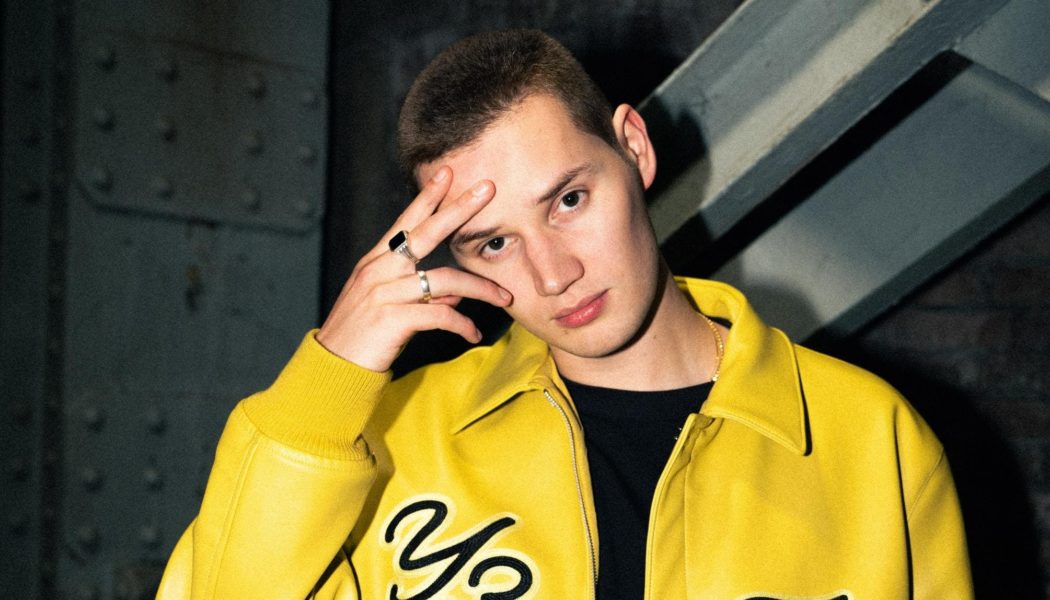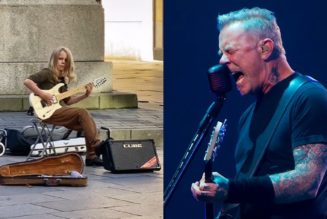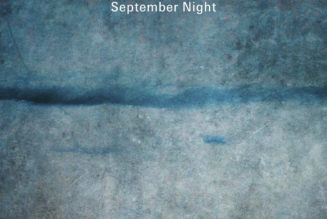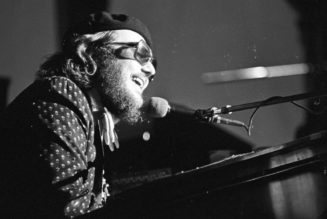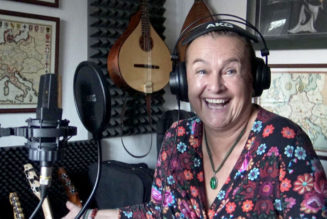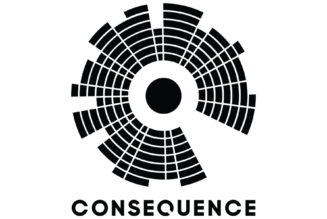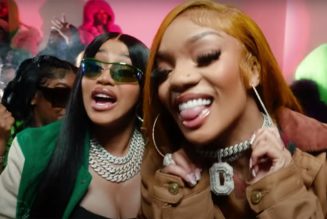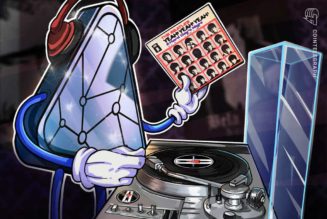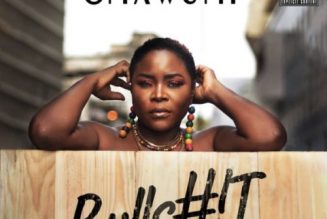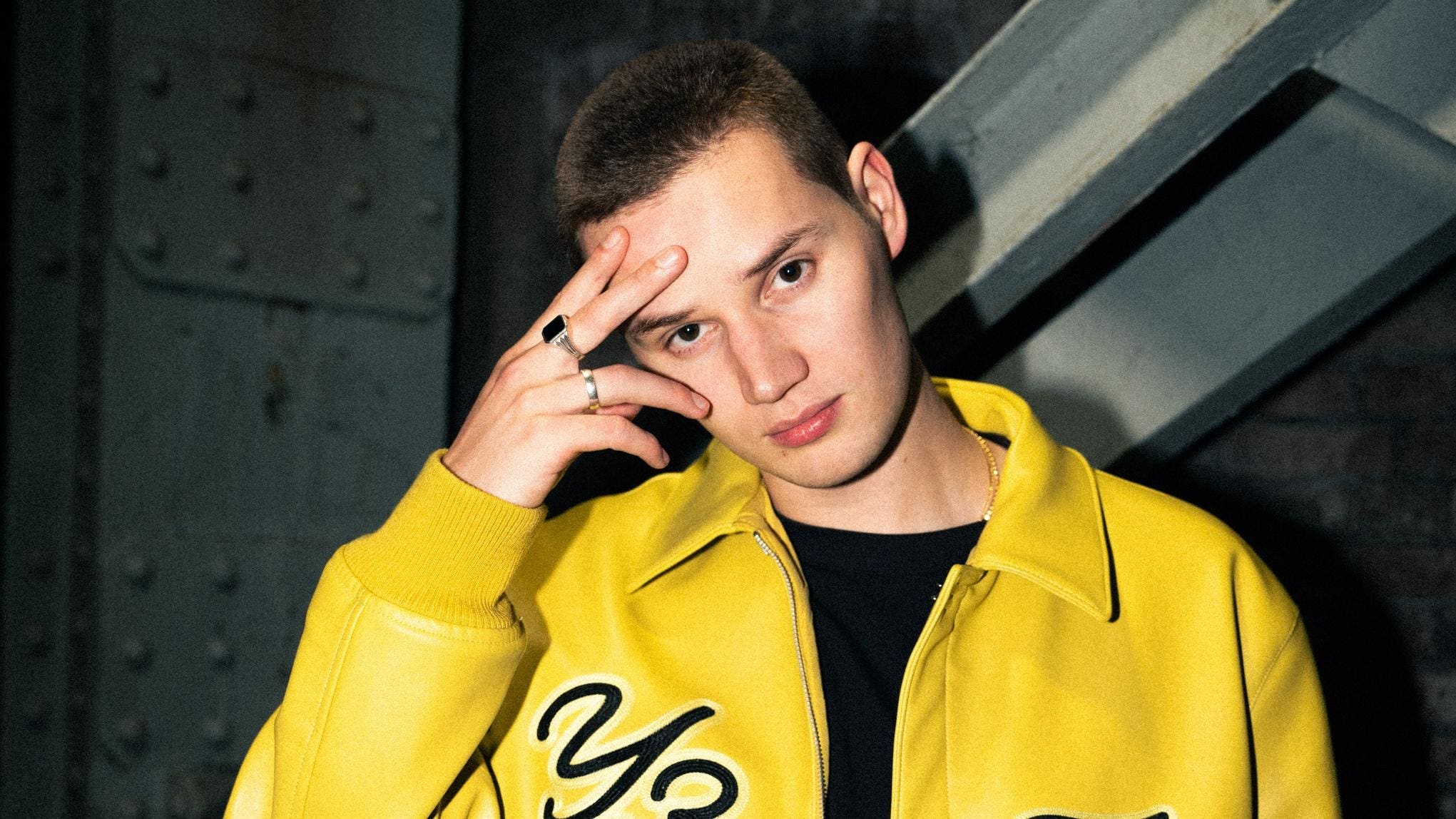
It is undeniable that Mau P has become one of the hottest new sensations in the world of house music. The producer, legally known as Maurits Westveen, quickly captivated the scene. His rise to notoriety began with his acclaimed single “Drugs From Amsterdam,” which started as an underground favorite before catapulting him to mainstream fame. It cracked the charts on Shazam, Spotify and Billboard, as well as hit Beatport’s prestigious Top 10. “Drugs From Amsterdam” even clocked up close to 120 million streams on Spotify alone, an impress feat for a debut single. The artist has since released a multitude of dancefloor ignitors, including “Metro” and “Gimme That Bounce.” His sound boasts experimental, dirty and grooving beats—all the makings of a house music heater. Today, October 6, Westveen releases “Dress Code,” further showcasing his production prowess and raw talent.
The track, out via Chris Lake’s Black Book Records label, features percolating and high-pitched synths, dark and groovy sounds, infectious basslines, thumping tempos and catchy yet minimalist lyrics. The banger also pushes the boundaries of Westveen’s typical production style, demonstrating his sonic abilities. Indeed, “Dress Code” proves to be an anthemic record slated to set the dancefloor on fire.
The artist and deejay says that when creating the single, he began messing around with different cadences in the studio and subsequently found an aggressive synthesizer sound. Westveen then did what he typically does when creating music: Get behind the microphone and see what comes to him, whether it’s “a cool rhythm or cool words that fit the instrumental part that I’m working on,” he says. The tastemaker would later find a vocalist to topline the lyrics. “Dress Code” also provides the message that he aims to cultivate at his shows, which is supporting how people come as themselves, let go and groove in the moment.
“My job is to make [show attendees] forget about all their struggles, maybe their insecurities or even my own insecurities,” Westveen says. “We go to listen to music, we dance and nothing else matters.”
While there tend to be social norms for how people dress, the lyrics in the record touch on how his performances should be a safe space for people to wear whatever they want—negating these societal expectations. The artist, formerly known as big room music artist Maurice West, adds that producers typically either have a slew of people onstage with them or nobody behind them. Conversely, he lets many people into his deejay booth because he “loves” his crowd and encourages them to come as they are.
“You’ll see the weirdest dressed people, which is beautiful, at my shows,” Westveen says. “That’s what the song is about.”
The banger creator says he never prepares for a performance. Instead, he navigates his way through a deejay set with fresh, experimental and interesting productions, regardless of how long his time behind the decks may be. His goal is to “feed off the crowd’s energy and go from there,” he says. This certainly makes each show distinct, creating special moments for fans that can’t be replicated because of his constant innovation.
Given how he soared to fame in such a short time, Westveen says his key to success has been persistence. “I would say it sounds really cheesy, but I’ve been doing this for like 10 years, and I’ve always wanted whatever’s happening right now to happen,” he says. “You just have to keep working or keep grinding until the pieces of the puzzle fall together for you.”
The producer fell in love with dance music when he was 12 years old after he heard deadmau5’s 2009 LP, For Lack of a Better Name. He discovered it when he was with his parents in a music store that had CDs one could listen to in a player with headphones. He picked this album because he liked the cover art. “I started listening, and I was really amazed by how it sounded like computers but it was beautiful,” the Amsterdam-based artist says.
The music maker’s favorite song he has ever created is “Drugs From Amsterdam” because of its success. When he was making it, he says he was enjoying the production process and created it out of pure joy, which he says is “something so innocent.” He adds that there was no pressure when crafting it because he never made a track that big before so he didn’t have an idea of what a hit record would sound like for him.
In addition, Westveen proves to be a multi-faceted creative through his former work as a graphic designer. He produced flyers and posters for nightclubs in his local area when he was young, and these venues even let him deejay for them. The club organizers later went on to host a small music festival for about 3,000 people, and Westveen was given a prime slot on the main stage because he was their designer. This was his first festival performance. Even today, he uses his graphic design abilities by having a hand in the images for his Mau P project.
The artist grew up in a music family: His mother is a jazz singer and his father was a saxophone player as well as an orchestra arranger. His dad passed away when he was 18 years old, which Westveen says is the greatest challenge he has faced in life.
“That was pretty rough because he helped me with my music a lot, and he saw me starting out with producing and deejaying,” he says. “I was not fully grown up when I was 18, and when all of that happened with my dad, I felt I was ready to do whatever I wanted to do, like become a professional musician, a deejay or a producer. I guess it helped to motivate me [to become those things].”
As for advice he would give his younger self, Westveen says he would say to do more of what he wants and less of what other people are doing. He adds that one may be apprehensive about creating new sounds, but it’s important to find a balance between that and replicating what larger acts are doing.
“When you’re just starting out, you’re super creative because you’re learning so much, but you’re also probably afraid to try new stuff because you’re looking at what the big guys are doing, what you know works or what you see become a hit, and you try to recreate that,” Westveen says. “But ever since this year, I found out that it’s more about bringing something new to the table.”
